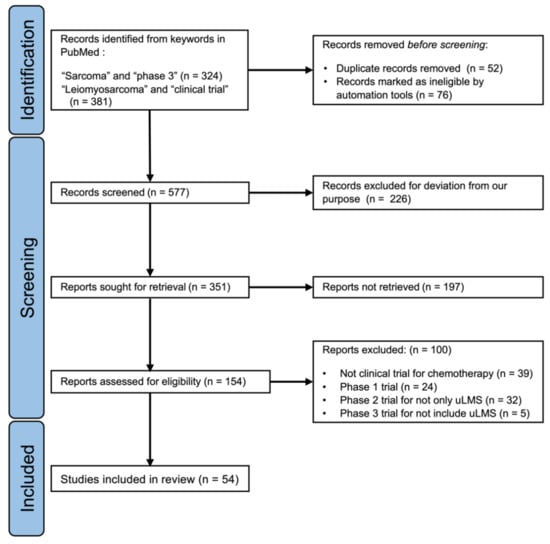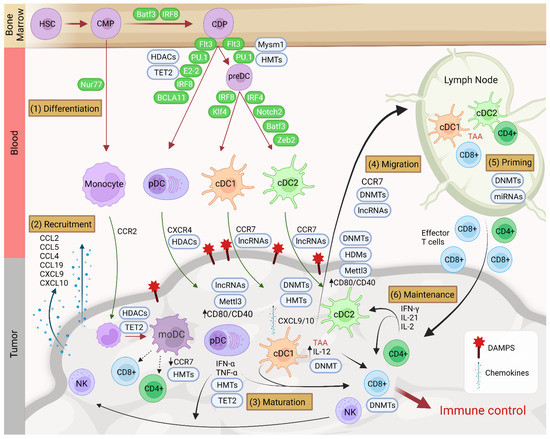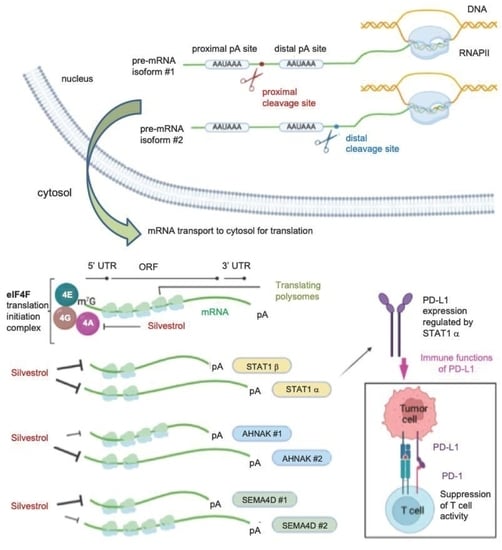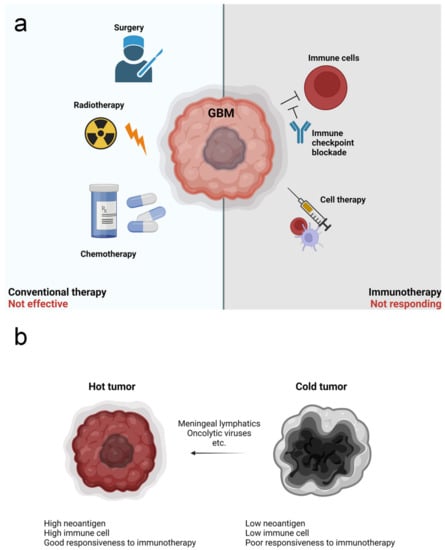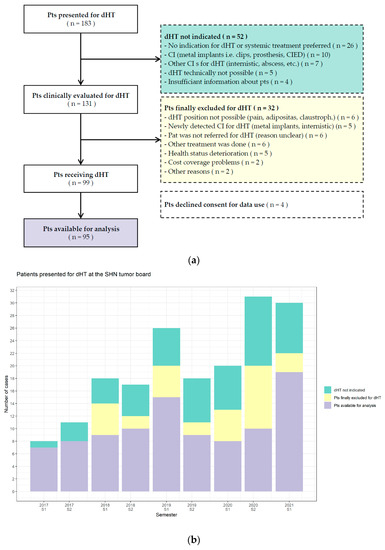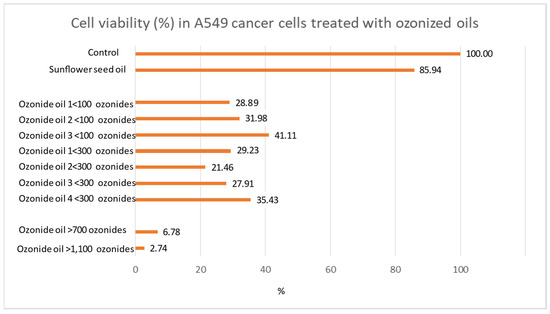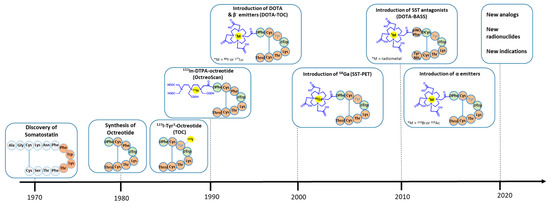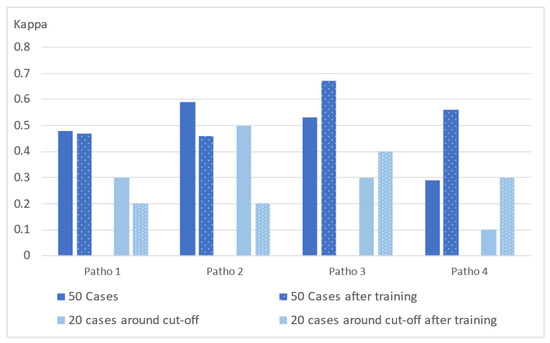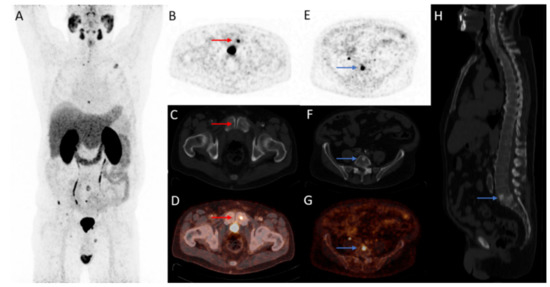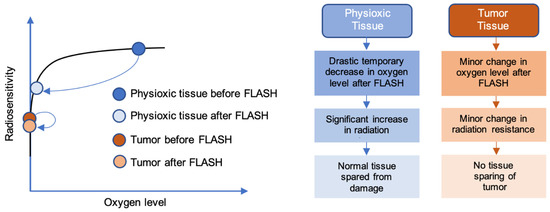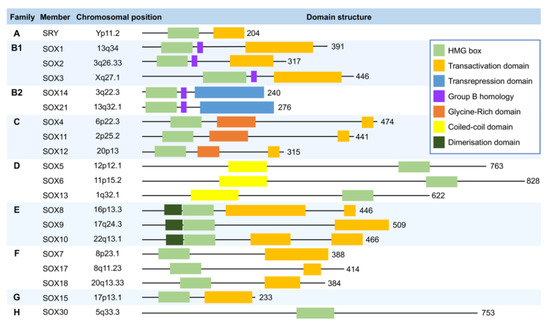Cancers 2022, 14(5), 1180; https://doi.org/10.3390/cancers14051180 - 24 Feb 2022
Cited by 15 | Viewed by 7707
Abstract
Uterine leiomyosarcoma (uLMS) is the most common subtype of mesenchymal tumors in the uterus. This review aims to summarize the current standard therapies and the molecular properties of uLMS for novel molecular-targeted therapies. Although 65% of uLMS cases are diagnosed in stage I,
[...] Read more.
Uterine leiomyosarcoma (uLMS) is the most common subtype of mesenchymal tumors in the uterus. This review aims to summarize the current standard therapies and the molecular properties of uLMS for novel molecular-targeted therapies. Although 65% of uLMS cases are diagnosed in stage I, the 5-year overall survival rate is less than 60%. The only effective treatment for uLMS is complete and early resection, and chemotherapy is the main treatment for unresectable advanced or recurrent cases. No chemotherapy regimen has surpassed doxorubicin monotherapy as the first-line chemotherapy for unresectable advanced or recurrent cases in terms of overall survival in phase 3 trials. As a second-line treatment, pazopanib, trabectedin, and eribulin are used, but their therapeutic effects are not sufficient, highlighting the urgent need for development of novel treatments. Recent developments in gene analysis have revealed that homologous recombination deficiency (HRD), including breast cancer susceptibility gene 2 (BRCA2) mutations, are frequently observed in uLMS. In preclinical studies and several case series, poly(adenosine diphosphate-ribose)polymerase inhibitors showed antitumor effects on uLMS cell lines with BRCA2 mutations or HRD and in recurrent or persistent cases of uLMS with BRCA2 mutations. Thus, HRD, including BRCA mutations, may be the most promising therapeutic target for uLMS.
Full article
(This article belongs to the Special Issue New Directions for Treating Soft Tissue Sarcomas)
►
Show Figures
